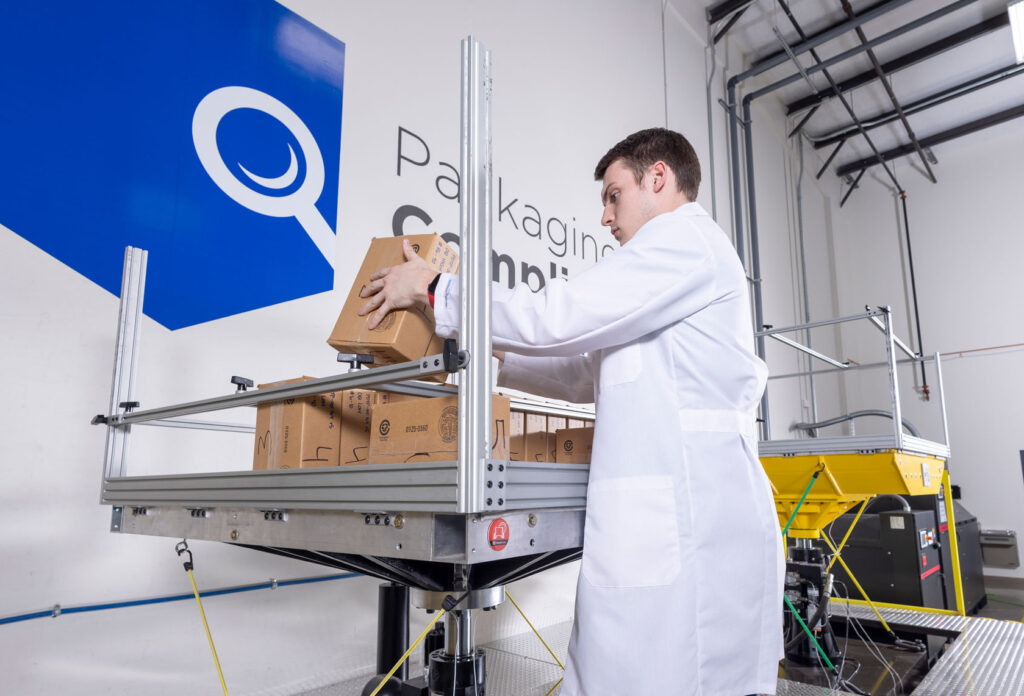

We are often asked about our recommendations for conducting performance testing (distribution testing) and stability testing (aging testing). The question revolves around the optimal approach—whether to integrate performance and stability testing one right after another, or to perform these studies independently. While some of our clients choose a combined testing strategy, the majority opt to keep them separate. As ISO 11607 is our guide for what is required of sterile medical device packaging, we interpret its contents to the best of our ability and provide feedback based on that. Below are some considerations as to why PCL interprets ISO 11607 Part 1 as separating performance testing and stability testing.
What does ISO 11607 Suggest?
In ISO 11607 Part 1, Section 8.1, Note 2, it’s stated that “Stability testing and performance testing are separate entities. Performance testing evaluates the interaction between the packaging system and the products in response to the stresses imposed by the manufacturing and sterilization processes and the handling, storage, and shipping environment.” On the other hand, ISO 11607 states, “Stability testing shall demonstrate that the sterile barrier system maintains integrity over time.”
Isn’t Transit followed by Shelf-Life Representative of a Real-Life Distribution Path?
A counter question we get is “Isn’t it more representative to do stability testing after performance testing since there usually is always a ‘storage’ step within the same distribution path?”
If the testing that occurred in our lab was the exact distribution path your packaging will be sent through, from exact drop heights to the duration it will be on the vibration table, then yes. However, the test standards that we perform in our lab are more “worst case” than most distribution paths.
You always want to test to the worst case; if you combine your performance and stability studies it ends up not being representative of your actual distribution path. Combining them makes your test plan more severe which could lead to defects that aren’t representative of real-life distribution.
Benefits of Separating Performance and Stability Testing
Another benefit of separating those two is if you have a failure, it’s easier to determine if it’s an event or time-related defect. From a root cause perspective, it can be hard to separate those two.
For example, if a study conducts performance testing and then stability testing via accelerated aging in series, and then observes seal separation of the sterile barrier during testing, can you confidently conclude the defect was only due to the stress imposed by the simulated transit forces? Or could the defect be a result of exposure to a heightened temperature over a prolonged time?
Three takeaways for why performance and age testing should be separate:
- The direct language in ISO 11607 Part 1, Section 8, Note 2 suggests that stability testing and performance testing are separate entities.
- The test standards for performance testing and stability testing commonly used represent the worst case of a distribution cycle, so combining the two may not be representative of your actual distribution path.
- If you have failures, a root cause analysis may help you determine if it was event or time-related. When you combine these two, determining if the defect is event or time-related is more difficult to discover.
If you have other questions regarding your packaging validations, contact us today to meet with one of our packaging professionals!